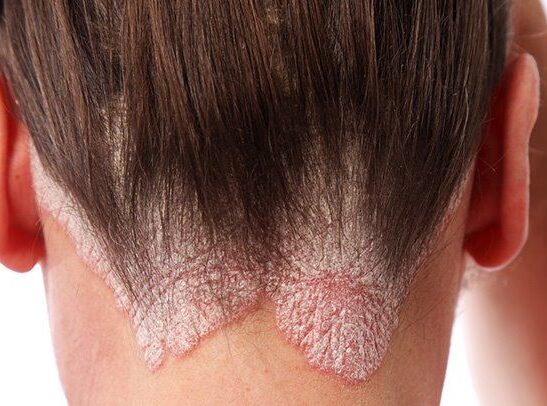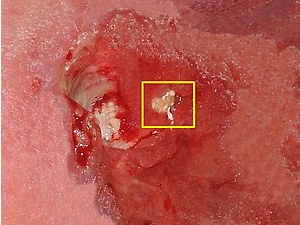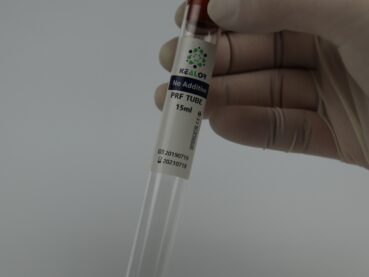Alopecia areata is a common autoimmune disease that affects hair follicles, resulting in hair loss on the scalp and other parts of the body. The exact cause of alopecia areata is not fully understood, but it is believed to involve a combination of genetic, environmental, and immune factors. Currently, there is no cure for alopecia areata, but various treatments are available to manage the symptoms and promote hair regrowth. One such treatment that has gained popularity in recent years is platelet-rich plasma (PRP) therapy.
PRP therapy involves the injection of concentrated platelets from the patient’s own blood into the affected area to promote tissue healing and regeneration. Platelets are known to contain growth factors that can stimulate hair follicles and promote hair regrowth. PRP therapy has been used in a variety of medical fields, including sports medicine, orthopedics, and dermatology.
Several studies have investigated the use of PRP therapy in the treatment of alopecia areata, with promising results. A study published in the Journal of the American Academy of Dermatology in 2018 found that PRP therapy was effective in promoting hair regrowth in patients with alopecia areata. The study involved 45 patients who received PRP therapy once a month for three months, and the results showed significant improvement in hair density and thickness.
Another study published in the Journal of Cutaneous and Aesthetic Surgery in 2014 also found that PRP therapy was effective in promoting hair regrowth in patients with alopecia areata. The study involved 20 patients who received PRP therapy once a month for three months, and the results showed significant improvement in hair density and thickness.
Despite the promising results, PRP therapy for alopecia areata is still considered an experimental treatment and is not widely accepted as a standard therapy. More research is needed to determine the optimal protocol for PRP therapy in alopecia areata and to assess its long-term safety and efficacy.
In conclusion, PRP therapy shows promise as a potential therapy for alopecia areata. However, more research is needed to establish its effectiveness and safety as a standard therapy for this condition. Patients with alopecia areata who are interested in PRP therapy should consult with a dermatologist or hair restoration specialist to determine if it is a suitable option for their specific case.








